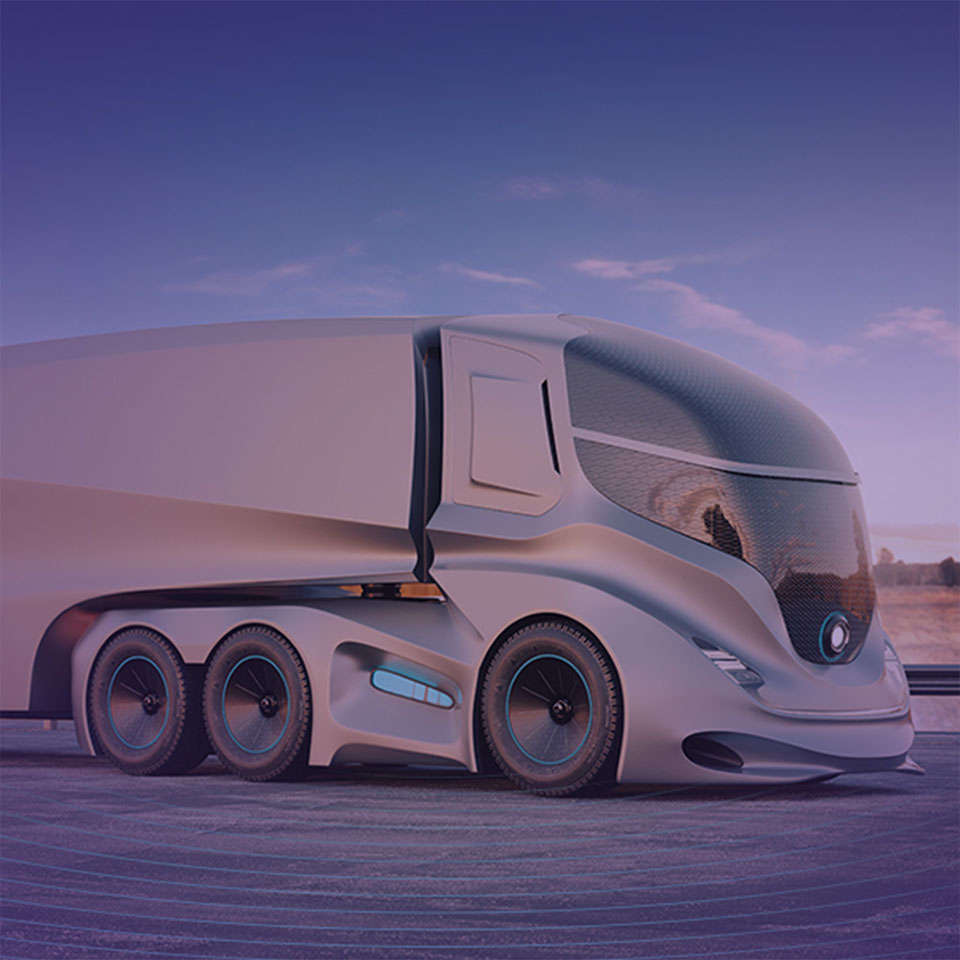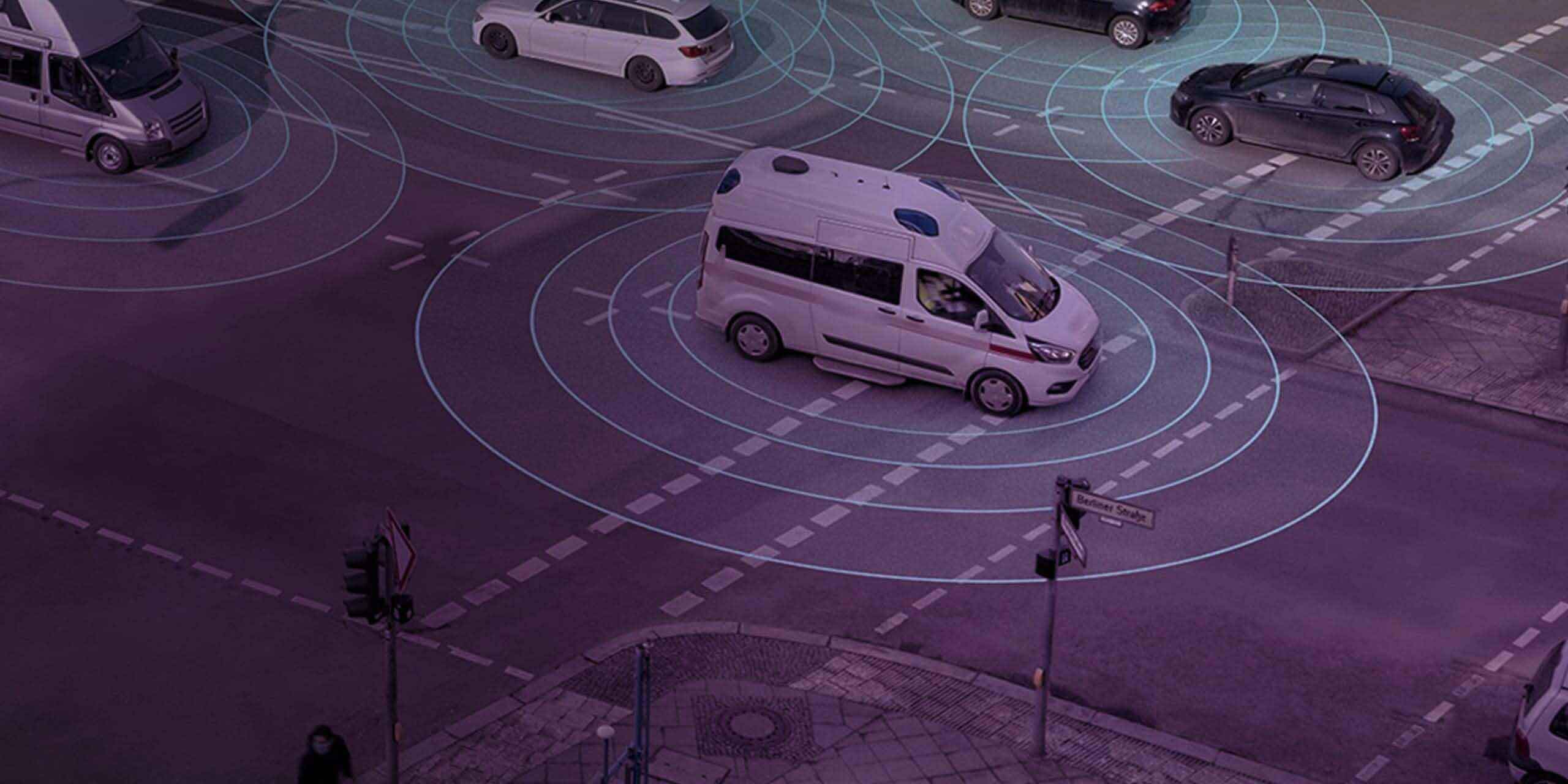In brief
- Teleoperators are increasingly controlling autonomous vehicles, reshaping logistics globally
- Safe workspaces, improved work-life balance and situational awareness challenges dictate a user-centered approach
- A user-centered approach enhances teleoperator well-being and therefore reduces stress, enhances safety and improves efficiency for logistics companies
Times are changing in logistics: Automation is applied to robotic systems and now, more and more teleoperators control autonomous vehicles from centralized locations. Currently, these are mainly test cases in closed premises, such as autonomous forklifts or tow tractors moving materials within manufacturing facilities, steered by a teleoperator to achieve the required precision level. But gradually, teleoperated vehicles already conquer the streets — especially in freight transportation on highways — worldwide.
For logistic companies, teleoperation will play a vital role in ensuring safe and efficient logistics processes in the very near future. Talking about teleoperation, we need to talk about teleoperators: These people need the technical ability to steer the relevant vehicles and direct all associated functions.
While the teleoperator works at a single place, there are different tasks to be fulfilled steering diverse vehicles at various locations under variable — and sometimes dangerous — conditions. For example, one task could be to teleoperate a wheel loader unloading a ship by shoveling sand towards an exhaust device in any international port. Another task could be to control the truck carrying the sand to its next destination. So, human intelligence, adaptability and decision-making skills are indispensable.
In order to meet these challenging requirements, a teleoperator needs to have good mental strength and the ability to stay focused. They also need expert communication skills to solve issues at long range, and the best state of health to succeed over a longer period of time.
Teleoperation workplace advantages and challenges
Compared to traditional truck driver workplaces, teleoperators work in safe and convenient spaces, avoiding both hazardous conditions and the need for long-haul travel over extended periods.
Work-life-balance is much easier to maintain as regular working hours are given, returning home straight from work. Offering attractive teleoperation workplaces can be key in the competition for skilled employees.
At the same time, situational awareness is a significant challenge. To evaluate the current situation the teleoperator is depending on information gathered by sensors and cameras at the vehicle’s location. Eliminating latency by using the latest high-end technology is crucial to the perception of the current situation and appropriate decision-making.
For a teleoperator, it’s hard to maintain attention over a long period of time because of the lack of physical stimuli and the huge — even overwhelming — amount of information. These challenges can be tackled by a user-centered approach.
Making a difference: Teleoperation workplace with a user-centered approach
Teleoperators need to dive into new situations quickly — using all available senses helps in processing that huge amount of information. Here are some other steps to make the teleoperation workplace more user-centered:
- To help counteract the lack of physical sensing, information should be provided in a more natural way by using not only displays but also acoustic and haptic feedback
- To reduce mental load, it’s key to only provide essential information on the user interface
- AI can provide safety measures which reduce potential accidents and support human decisions. The teleoperator can then dedicate their working time to more sophisticated tasks
- While observing huge screens, it’s often hard to classify information and project the further status of the current situation. Augmented reality (AR) is able to support human decision-making here
- Efficient communication channels must be given to control both the vehicle and the situation professionally
- Incorporating biofeedback control to monitor the operator's physiological state can provide guidance on breaks or help in choosing task complexity at a given time (and therefore enhance the teleoperator’s well-being). Privacy and confidentiality of teleoperators' data must be strictly secured of course
Conclusion
Workspaces including optimized user experience make a difference: Stress and distractions for teleoperators can be reduced significantly. A relaxed work environment means increased alertness with less fatigue and better well-being.
For logistics companies, advantages include: Increased safety, more efficient workflows, cost savings and a chance to cope with the widespread skills shortage. These insights can also be translated to other industries such as industrial machinery or remote surgery.
Zoreza Global UXD is ready to support your teleoperation workplace starting with extensive user research and requirements management. We are able to develop an appropriate user experience including an effective user interface design. We highly recommend to perform user testing during development followed by a candid end result evaluation. Let the teleoperation journey begin!








